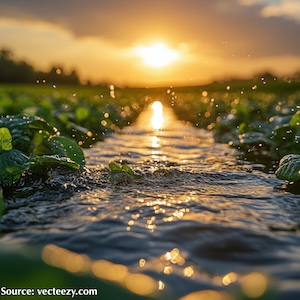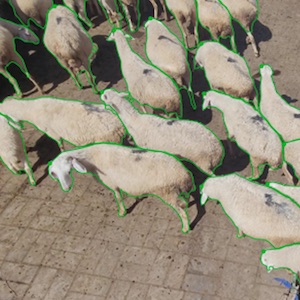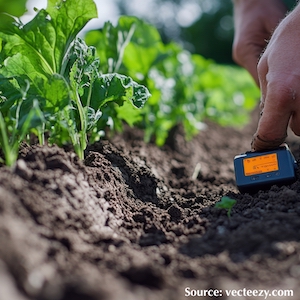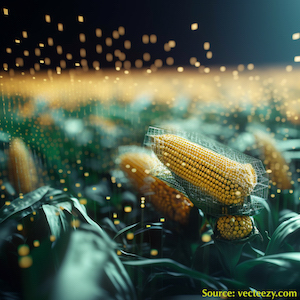Technological innovation in the winery addressing oenology 4.0: testing of an automated system for the alcoholic fermentation management
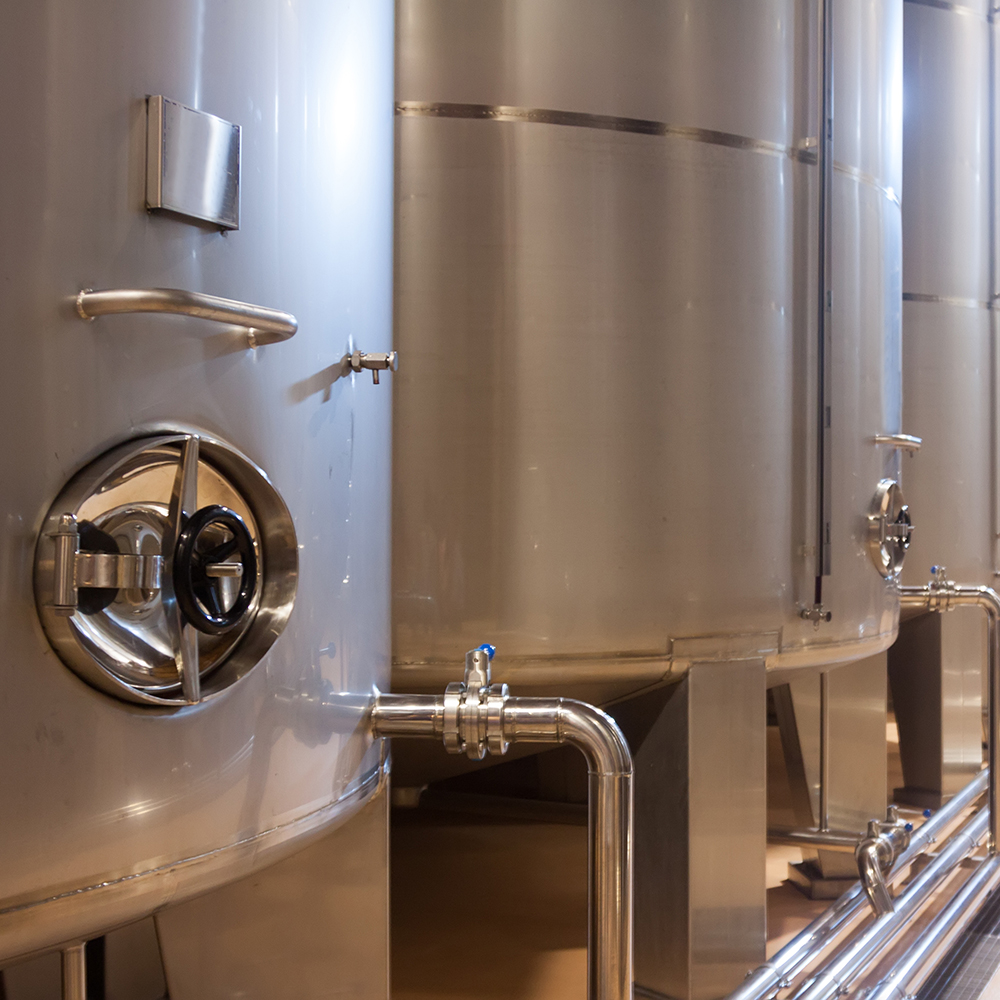
All claims expressed in this article are solely those of the authors and do not necessarily represent those of their affiliated organizations, or those of the publisher, the editors and the reviewers. Any product that may be evaluated in this article or claim that may be made by its manufacturer is not guaranteed or endorsed by the publisher.
Accepted: 17 September 2021
Authors
In recent years, the use of automated machine tools in the wine industry has increasingly gained ground to simplify and optimize winemaking, complying with Industry 4.0 requirements. This work aimed to analyse a system for the automatic management of yeast nutrition in alcoholic fermentation in terms of environmental, management, and economic performance in comparison with traditional fermentation management. The automated system is a transportable and easily installable place and start system, equipped with a control unit and rods for the dosage of nutrients, and it works with a memory unit in which fermentative kinetics curves are loaded. The curves are predefined or customized according to oenologists’ needs. Hence, fermentation time, manpower, nutrients, oxygen, water, and energy consumption were evaluated concerning the alcoholic fermentation process. The analysis was carried out considering two different Italian wineries with different working capacities. Furthermore, life cycle assessment methodology and variable costs analysis was performed. Overall, the automated system reveals to be a promising investment, especially if applied to wineries characterized by high-volume tanks, where scale factor played a crucial role. Nutrients used by the automated system are more expensive but more environmentally sustainable than traditional ones.
How to Cite

This work is licensed under a Creative Commons Attribution-NonCommercial 4.0 International License.







